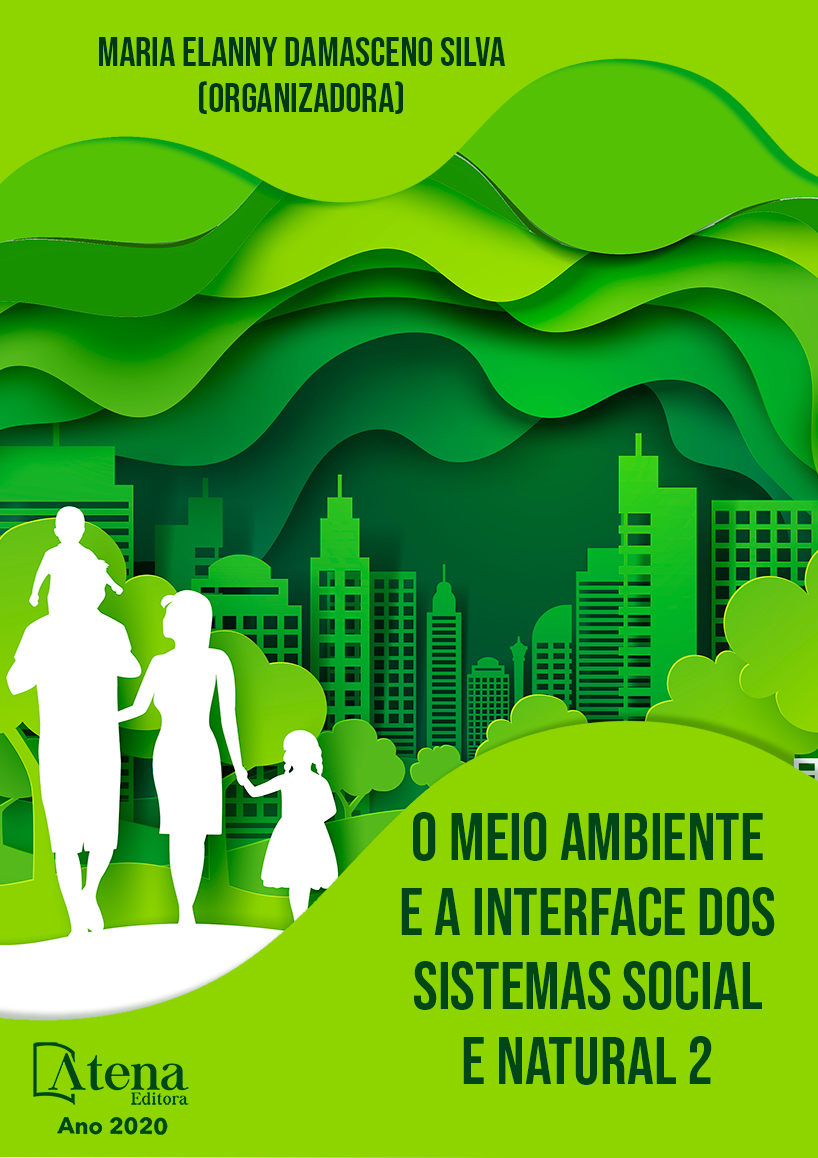
ISOLAMENTO, CULTIVO E CARACTERIZAÇÃO MORFOLÓGICA DE Geitlerinema amphibium C. Agardh ex Gomont (CYANOPHYCEAE) DO RESERVATÓRIO BOLONHA (BELÉM - PA)
A cianobactéria Geitlerinema é frequentemente encontrada aderida a diferentes substratos da zona litorânea e ocasionalmente no plâncton, sendo produtora da hepatotoxina microcistina. O objetivo do estudo foi caracterizar a cianobactéria Geitlerinema e determinar sua curva de crescimento em ambiente simulado (microcosmo). A espécie foi coletada de raízes da macrófita Pistia stratiotes L., dominante no Reservatório Bolonha (Belém, Pará). A cianobactéria foi isolada, cultivada e acondicionada em câmara de cultivo durante aproximadamente 60 dias, onde se estabeleceu a cepa denominada Geitlerinema amphibium LBABL- 1. A curva de crescimento foi construída a partir de um experimento com 39 tubos de ensaio contendo 10 mL de meio BG-11 e 2 mL da cepa, mantidos em câmara de crescimento durante 39 dias nas condições controladas (24°C ± 1°, 60 µmol photon m2.s-1 e fotoperíodo de 12 h de luz). A cada três dias foram retiradas três amostras para a caracterização morfológica e determinar as concentrações de clorofila-a. A curva de crescimento apresentou as fases lag (T1 a T2 dias); log (T2 a T8); estacionária (T9 a T12) e declínio (a partir de T12 dia). A clorofila-a variou de 1066,6 µg.L-1 (T1) a 9689,9 µg.L-1 (T7). Durante o experimento a cepa se desenvolveu agregada a parede do ambiente (microcosmo), sugerindo ser uma espécie bentônica e ao longo dos dias se desprendeu formando tapetes flutuantes verde-escuros no microcosmo. Foram encontrados filamentos longos (655µm) esverdeados brilhantes, levemente curvados, não capitados, móveis, células de 4,6 µm (altura) x 2,2 µm (largura) com dois grânulos de cianoficina entre as paredes das células adjacentes. O desenvolvimento em microcosmo de Geitlerinema permitiu inferir o seu comportamento no ambiente natural: a espécie inicialmente cresce aderida às raízes de macrófitas e quando madura (final da fase Log), se desprende do substrato radicular e flutua na superfície da água como um tapete lodoso.
ISOLAMENTO, CULTIVO E CARACTERIZAÇÃO MORFOLÓGICA DE Geitlerinema amphibium C. Agardh ex Gomont (CYANOPHYCEAE) DO RESERVATÓRIO BOLONHA (BELÉM - PA)
-
DOI: 10.22533/at.ed.78420100819
-
Palavras-chave: Cianobactérias. Reservatório. Clorofila- a
-
Keywords: Cyanobacteria. Reservoir. Clorophyll- a
-
Abstract:
The cyanobacterium Geitlerinema is often found adhered to different substrates of the coastal zone and occasionally in plankton, producing the hepatotoxin microcystin. The study was to characterize the cyanobacterium Geitlerinema and to determine its growth curve in a simulated environment (microcosm). The species was collected from the roots of the macrophyte Pistia stratiotes L., dominant in the Bolonha Reservoir (Belém, Pará). The cyanobacteria was isolated, cultured and stored in a culture chamber for approximately 60 days, where the strain called Geitlerinema amphibium LBABL- 1 was established. The growth curve was constructed from an experiment with 39 test tubes containing 10 mL of medium BG-11 and 2 mL of the strain, kept in a growth chamber for 39 days under controlled conditions (24 ° C ± 1 °, 60 µmol photon m2.s-1 and 12h light photoperiod). Every three days, three samples were taken for morphological characterization and to determine chlorophyll-a concentrations. The growth curve showed the phases lag (from T1 to T2); log (from T2 to T8); stationary (from T9 to 12) and decline (from T12). Chlorophyll-a ranged from 1066.6 µg.L-1 (T1) to 9689.9 µg.L-1 (T7). During the experiment the strain developed aggregated to the environment wall (microcosm), suggesting it to be a benthic species and over the days it detached itself forming dark green floating carpets in the microcosm. Long shiny greenish filaments (655µm) were found, slightly curved, uncapped, mobile, cells of 4.6 µm (height) x 2.2 µm (width) with two cyanophycin granules between the walls. The development in microcosm of Geitlerinema allowed to infer its behavior in the natural environment: the species initially grows adhered to the roots of macrophytes and when mature (end of the Log phase), it detaches from the root substrate and floats on the water surface like a muddy mat.
-
Número de páginas: 11
- Aline Lemos Gomes
- Vanessa Bandeira da Costa Tavares
- Samara Cristina Campelo Pinheiro
- Eliane Brabo de Sousa
- Gabriel San Machado Calandrini


